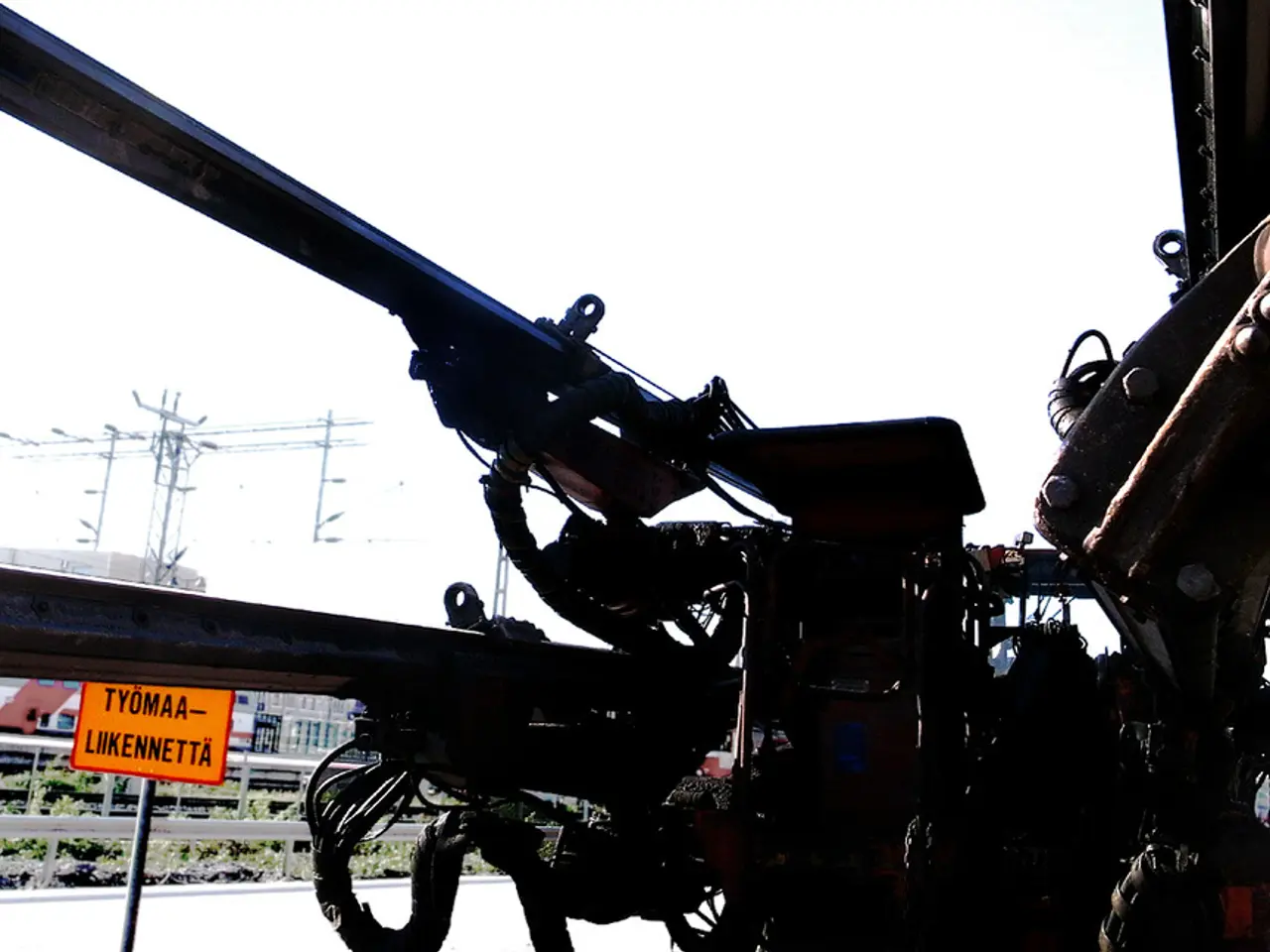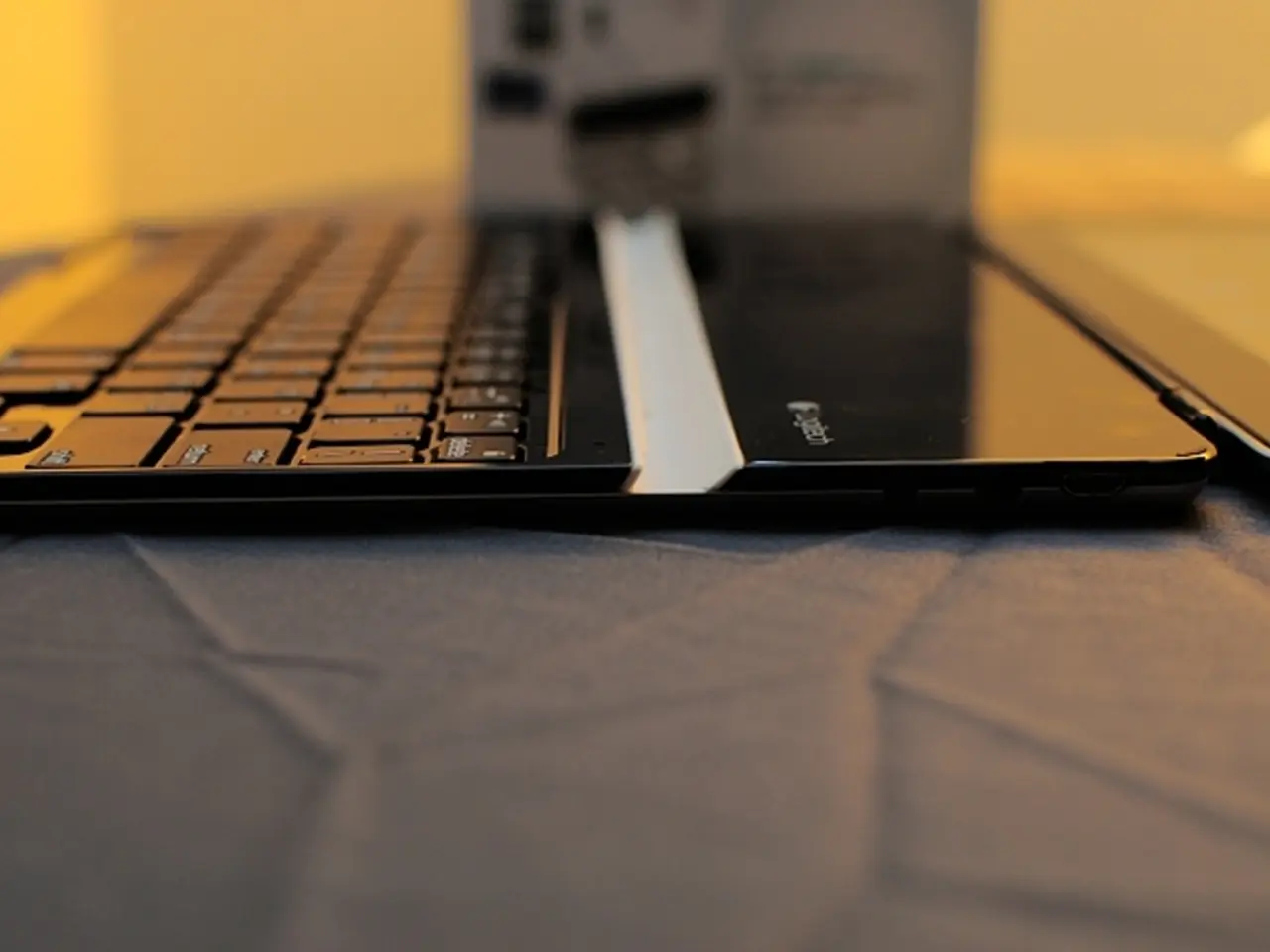Unvented, Moveable Heating Devices
In the colder months, nonvented portable heaters such as electric, kerosene, and propane heaters can be a lifesaver for heating enclosed spaces like shops and greenhouses. However, it's crucial to use these heaters safely to avoid potential hazards. Here are some essential safety tips to follow:
Ensure Good Ventilation
Always open a window or vent to allow fresh air to circulate, preventing the buildup of toxic gases like carbon monoxide, especially with kerosene and propane heaters.
Install Carbon Monoxide Detectors
Since nonvented heaters can produce carbon monoxide, installing detectors is essential to warn you of dangerous gas levels.
Keep a Clear Space Around Heaters
Avoid placing combustible materials such as papers, fabrics, or chemicals near the heater to reduce fire risk.
Use Heaters with Safety Features
Choose models with tip-over protection and low oxygen sensors to automatically shut off if unsafe conditions arise.
Do Not Leave Heaters Unattended
Always turn off heaters when unattended and avoid running them overnight or when away from the space.
Place Heaters on Stable, Flat Surfaces
This prevents tipping that could cause fires or damage.
Avoid Using Extension Cords with Electric Heaters
Plug space heaters directly into wall outlets to reduce electrical hazards.
Monitor Heater Operation
For propane heaters, watch the flame color (a clear blue flame indicates proper combustion), and never use aerosol sprays nearby since flammable vapors can ignite.
Keep Children and Pets Away
To prevent burns or accidental tipping, supervise their presence around heaters.
By following these precautions, you can help minimize the risks of fire, carbon monoxide poisoning, and oxygen depletion associated with nonvented portable heaters in enclosed spaces.
Additional Safety Measures
- Make sure the wick of a kerosene heater is set at the proper height.
- Do not overfill the tank of a kerosene heater.
- Store kerosene in a sealed blue container clearly marked "kerosene."
- Wait until a kerosene heater is cooled off before refilling it.
- Kerosene and propane heaters should not be used in airtight areas; a window or door should be cracked open to allow air to enter.
- Use only K-1 kerosene for a kerosene heater.
- Never put kerosene in a container that has held other fuels.
- In case of a gas smell, turn the heater off, open the doors and windows, and leave the building.
- The insulation on the cord of a portable electric heater should not be frayed or brittle to avoid shock and fire hazards.
- Never try to light a propane heater if the smell of gas is present.
- Special consideration must be given to avoid electric shock, fire, and poisoning caused by burning fuels in a closed environment.
- To avoid potential hazards when using technology like electric or propane heaters, consider using gadgets such as carbon monoxide detectors to protect against dangerous gas levels.
- In addition, regularly check the safety features of your heaters, like the insulation on the cord of a portable electric heater, to avoid shock and fire hazards.




